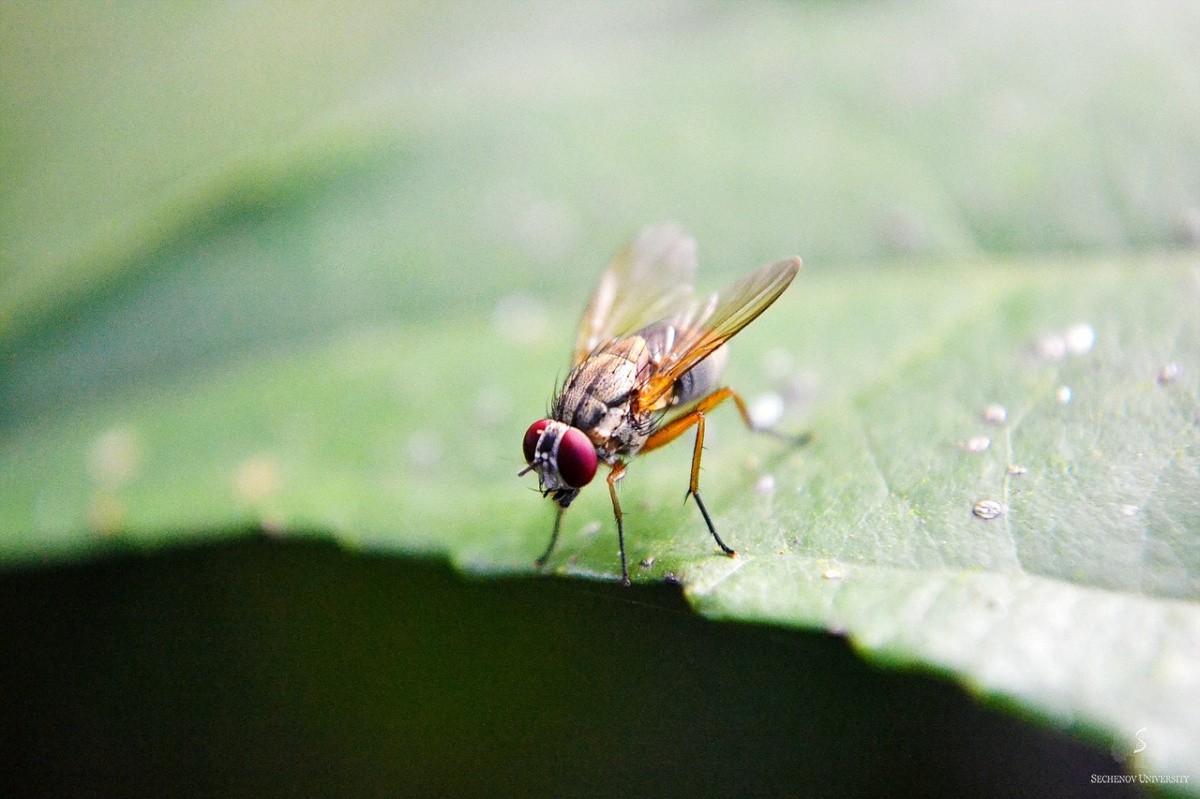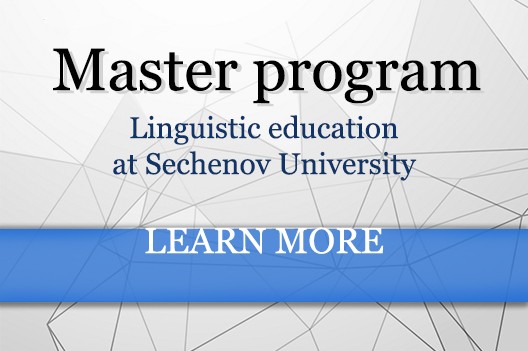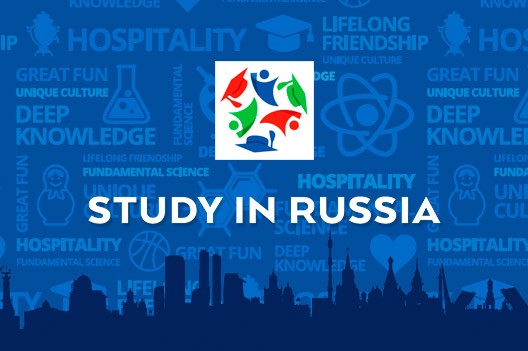-
About University
- Mission & Brand Strategy
- University Leadership
- Rector's Welcome
- History
- Regulatory Documents
- Contacts
- Staff
- International Recruitment
- Partners
Applicants- Why Sechenov University
- Degree Programmes in English
- Preparatory Training
- Non-Degree Programmes
- Transfer from other Institutions
- FAQs
28.10.2020Mouse and fruit fly: different reproduction ability in altered gravity

Sperm motility is a key factor for the reproductivity of species. Previous research onboard spacecraft showed that some animals could not produce offspring in zero gravity. A series of new studies suggests that spermatozoa from different organisms may behave differently in low or high gravity or altered magnetic field.
Deep space exploration is on the agenda of many countries with ambitious space programmes. In the course of an extended journey, vital organism functions are to be maintained, and the ability to propagate is crucial. The space missions in the past have carried out a number of experiments aiming to test the reproduction potential of several spices while onboard the spacecraft, however, these efforts have largely remained without avail. For example, during the Cosmos 1129 mission (1979), rats were able to mate aboard under zero-gravity conditions, but no pregnancy was observed. A group of researchers from the Institute of Biomedical Problems (Moscow) and Sechenov University have performed a series of experiments with the sperm from mice and fruit flies with the idea to check the motility of the spermatozoa, which is essential for successful fertilisation. The data have been published in two papers in the International Journal of Molecular Sciences.
The scientists used the simulated microgravity to mimic the space conditions. In this approach, a random positioning machine continuously changes the orientation of the cells. As a result, the gravity pulls the cells in various directions, and the superposition of the gravity vectors equals zero. So, while it is not exactly the zero-gravity conditions, it is quite close — especially because a real spacecraft often needs to use the engines to correct the trajectory, applying the gravity forces to the objects it carries within. Hypergravity, on the other hand, was simulated using a centrifuge.
The motility of mouse sperm changed quite significantly in hypergravity and not so much — in microgravity. A decrease in the speed of movement was observed after 1 hour under 2g conditions, while after 3 hours, the number of motile cells began to decrease. However, the motility did not change in simulated microgravity, but the number of motile spermatozoa decreased drastically after 6 hours.
The exposure of the sperm from the fruit fly (Drosophila melanogaster) to microgravity for 6 hours resulted in a higher linear speed of the sperm’s tail and a lower beating frequency. The protein content of the tail’s axoneme, as well as the rate of cell respiration, did not change. The authors speculate that the interspecific differences may be attributed to the various regulation of phosphorylation of motor proteins.
The D. melanogaster sperm was also tested under hypomagnetic conditions. The tail’s speed of movement was considerably reduced, and the beating frequency increased after 6 hours of exposure. The researchers found that the cell respiration rate decreased within the course of the experiment. They hypothesise that this effect occurs because the magnetic field targets the electrons in the respiratory chain of the mitochondria, and ATP production is reduced, leading to lower motility under hypomagnetic conditions.
‘The effect of a space flight on sperm motility is an important issue that should be investigated to preserve species during deep space exploration. Our results show that sperm motility increases in invertebrates under microgravity conditions, while it decreases in mammals. Most likely, these changes are associated with different levels of protein phosphorylation which is responsible for this kind of motility’, said Irina Ogneva, Professor at the Department of Medical and Biological Physics (Sechenov University) and the first author of both papers. ‘Also, the changes in the electromagnetic field affect the motor activity of the sperm. Apart from fundamental research, regulation of sperm motility in various animal species can be used in the development of assisted reproductive technologies and should be taken into account in altered electromagnetic conditions’.
Both studies were carried out by the Cell Biophysics Laboratory (Institute of Biomedical Problems, Russian Academy of Sciences, Moscow) and the Department of Medical and Biological Physics (Sechenov University).
Read more: Ogneva IV, Usik MA, Burtseva MV, Biryukov NS, Zhdankina YS, Sychev VN, Orlov OI. Drosophila melanogaster Sperm under Simulated Microgravity and a Hypomagnetic Field: Motility and Cell Respiration. Int J Mol Sci (2020); Ogneva IV, Usik MA, Biryukov NS, Zhdankina YS. Sperm Motility of Mice under Simulated Microgravity and Hypergravity. Int J Mol Sci (2020).
Photo credit: Pixabay 219391
Embed on website
Mouse and fruit fly: different reproduction ability in altered gravity

Sperm motility is a key factor for the reproductivity of species. Previous research onboard spacecraft showed that some animals could not produce offspring in zero gravity. A series of new studies suggests that spermatozoa from different organisms may behave differently in low or high gravity or altered magnetic field.
Deep space exploration is on the agenda of many countries with ambitious space programmes. In the course of an extended journey, vital organism functions are to be maintained, and the ability to propagate is crucial. The space missions in the past have carried out a number of experiments aiming to test the reproduction potential of several spices while onboard the spacecraft, however, these efforts have largely remained without avail. For example, during the Cosmos 1129 mission (1979), rats were able to mate aboard under zero-gravity conditions, but no pregnancy was observed. A group of researchers from the Institute of Biomedical Problems (Moscow) and Sechenov University have performed a series of experiments with the sperm from mice and fruit flies with the idea to check the motility of the spermatozoa, which is essential for successful fertilisation. The data have been published in two papers in the International Journal of Molecular Sciences.
The scientists used the simulated microgravity to mimic the space conditions. In this approach, a random positioning machine continuously changes the orientation of the cells. As a result, the gravity pulls the cells in various directions, and the superposition of the gravity vectors equals zero. So, while it is not exactly the zero-gravity conditions, it is quite close — especially because a real spacecraft often needs to use the engines to correct the trajectory, applying the gravity forces to the objects it carries within. Hypergravity, on the other hand, was simulated using a centrifuge.
The motility of mouse sperm changed quite significantly in hypergravity and not so much — in microgravity. A decrease in the speed of movement was observed after 1 hour under 2g conditions, while after 3 hours, the number of motile cells began to decrease. However, the motility did not change in simulated microgravity, but the number of motile spermatozoa decreased drastically after 6 hours.
The exposure of the sperm from the fruit fly (Drosophila melanogaster) to microgravity for 6 hours resulted in a higher linear speed of the sperm’s tail and a lower beating frequency. The protein content of the tail’s axoneme, as well as the rate of cell respiration, did not change. The authors speculate that the interspecific differences may be attributed to the various regulation of phosphorylation of motor proteins.
The D. melanogaster sperm was also tested under hypomagnetic conditions. The tail’s speed of movement was considerably reduced, and the beating frequency increased after 6 hours of exposure. The researchers found that the cell respiration rate decreased within the course of the experiment. They hypothesise that this effect occurs because the magnetic field targets the electrons in the respiratory chain of the mitochondria, and ATP production is reduced, leading to lower motility under hypomagnetic conditions.
‘The effect of a space flight on sperm motility is an important issue that should be investigated to preserve species during deep space exploration. Our results show that sperm motility increases in invertebrates under microgravity conditions, while it decreases in mammals. Most likely, these changes are associated with different levels of protein phosphorylation which is responsible for this kind of motility’, said Irina Ogneva, Professor at the Department of Medical and Biological Physics (Sechenov University) and the first author of both papers. ‘Also, the changes in the electromagnetic field affect the motor activity of the sperm. Apart from fundamental research, regulation of sperm motility in various animal species can be used in the development of assisted reproductive technologies and should be taken into account in altered electromagnetic conditions’.
Both studies were carried out by the Cell Biophysics Laboratory (Institute of Biomedical Problems, Russian Academy of Sciences, Moscow) and the Department of Medical and Biological Physics (Sechenov University).
Read more: Ogneva IV, Usik MA, Burtseva MV, Biryukov NS, Zhdankina YS, Sychev VN, Orlov OI. Drosophila melanogaster Sperm under Simulated Microgravity and a Hypomagnetic Field: Motility and Cell Respiration. Int J Mol Sci (2020); Ogneva IV, Usik MA, Biryukov NS, Zhdankina YS. Sperm Motility of Mice under Simulated Microgravity and Hypergravity. Int J Mol Sci (2020).
Photo credit: Pixabay 219391



